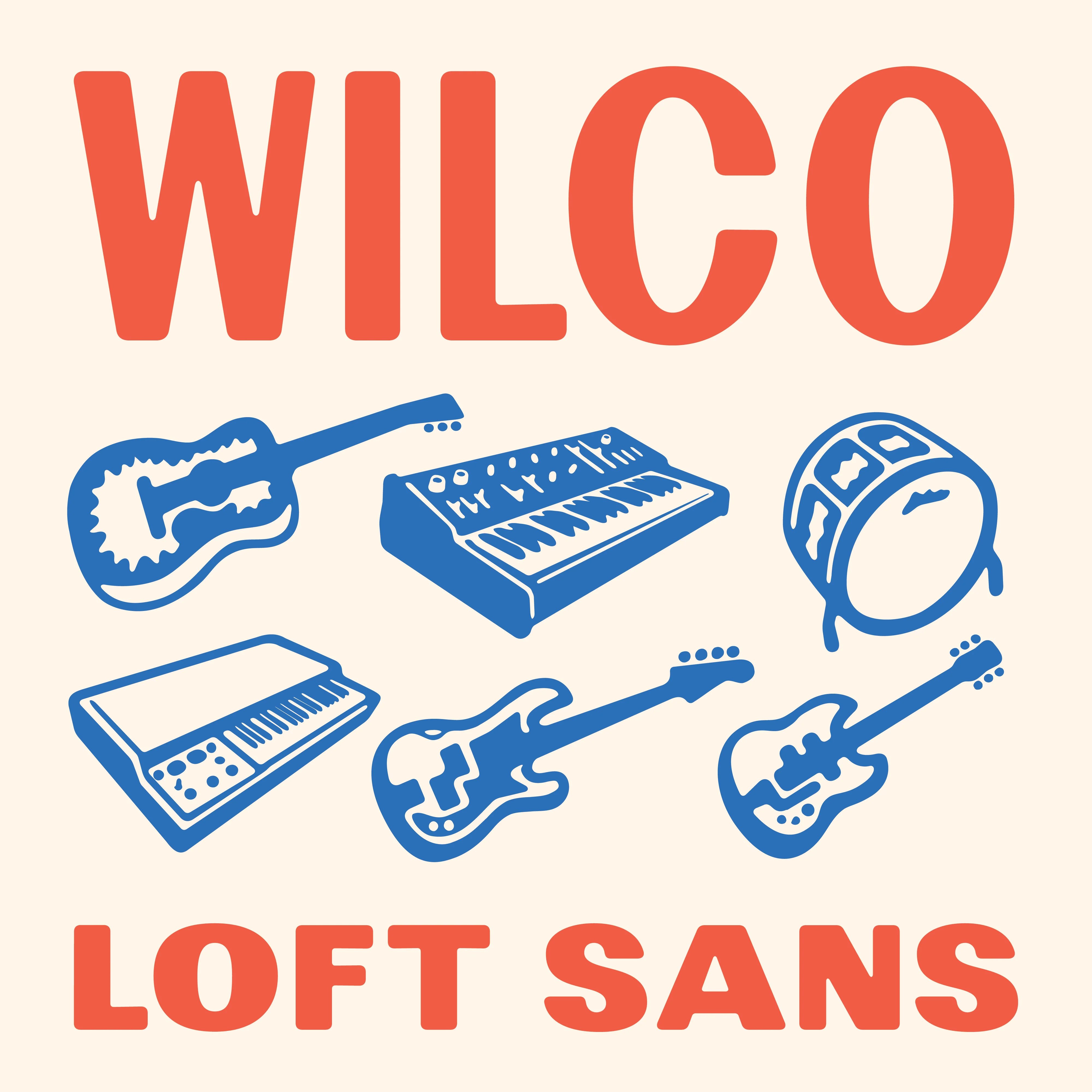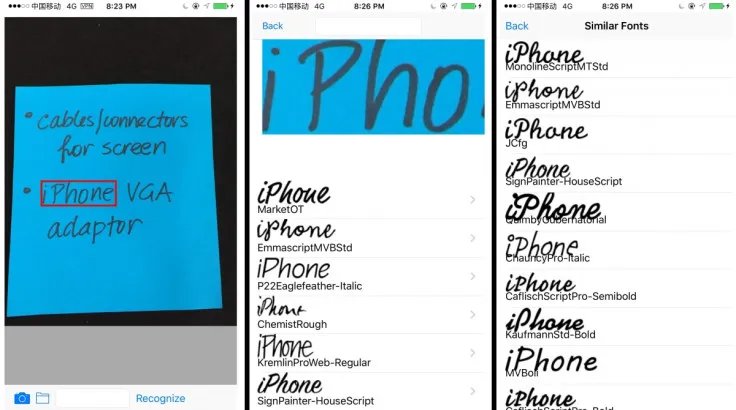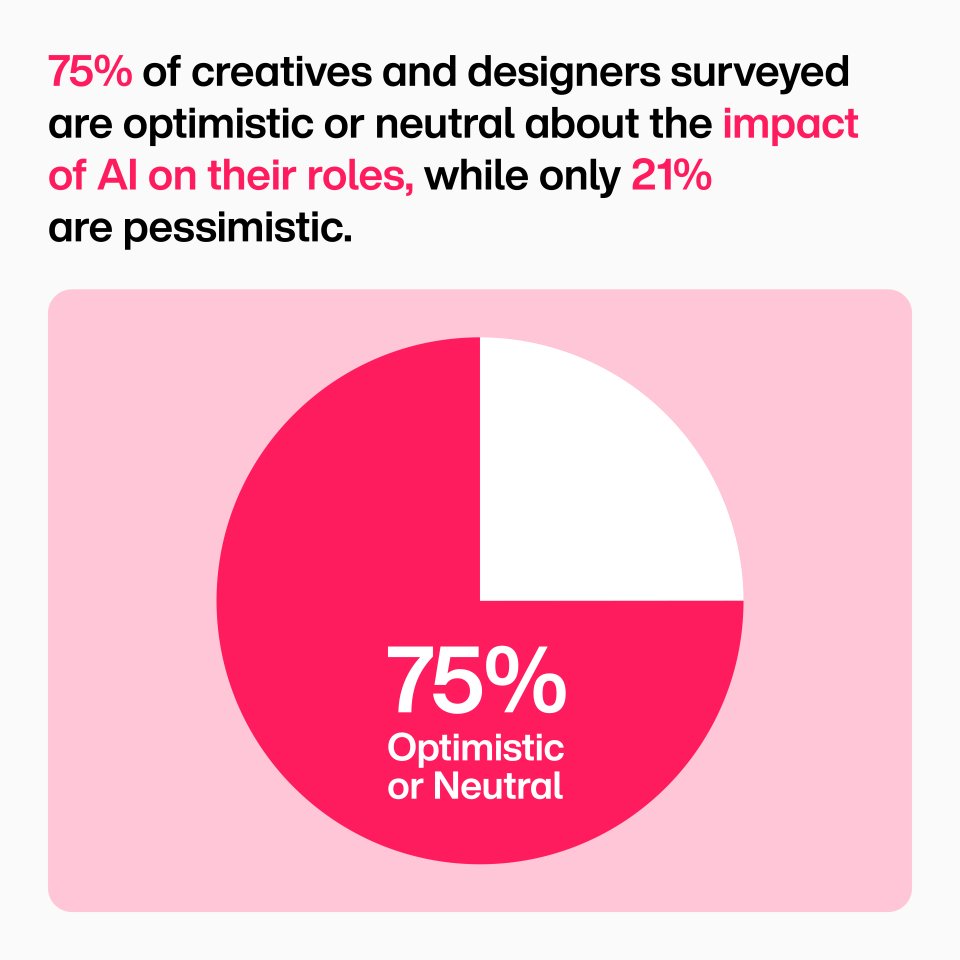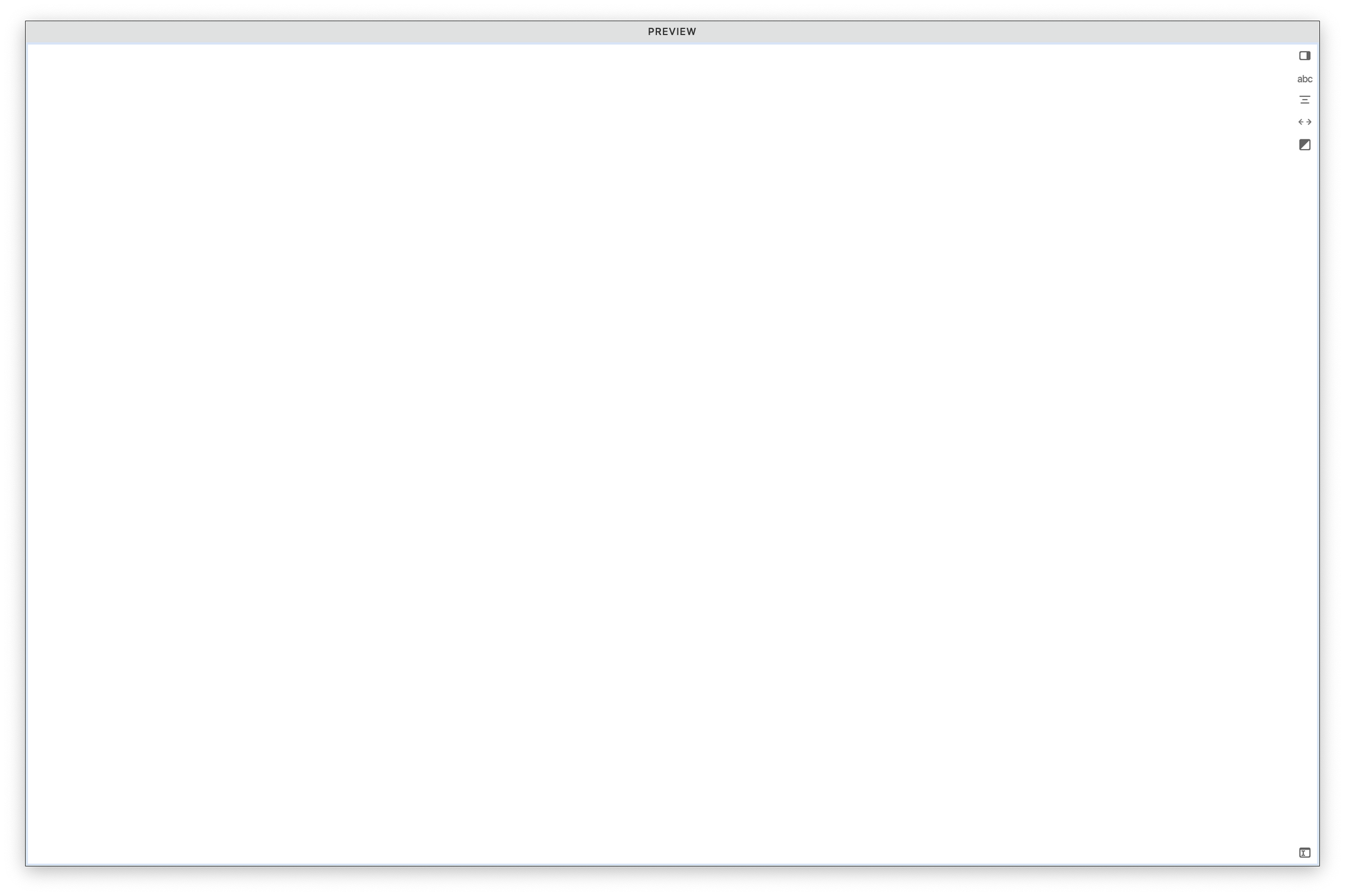- Custom typefaces are becoming key brand differentiators
- Fonts now shape cultural identity beyond logos
- Type design merges tradition with AI innovation
- Distinct fonts are critical for micro-attention spans
- Typography enables brand extension without redesign
Key Takeaway: Custom typefaces offer brands a powerful way to express identity and build cultural relevance while maintaining recognition.
We are past that period where simply having something that looks good on a smartphone app icon was the aim.
Within the arts and entertainment sector, film titles and band logos have long relied on type design for impact, from Psycho to Grease and from ABBA to Metallica. But extending this branding is more important than ever.


1As an easter egg, there's a custom icon for each band member based on a favourite instrument they play at The Loft – in the style of the lefty acoustic found on the original sign.
US band Wilco launched their own font in 2023 1, followed by British-Nigerian artist and designer Yinka Ilori MBE’s 2024 typeface, taking the logotype from schoolbook doodle fodder 2 to recognisable branding, with the fonts forming a merchandising springboard. Importantly for income streams, such moves also take ownership of the market for Etsy-style fan art sold on coffee mugs and tees.
“We believe that a typeface, like good design, should embody cultural value, resonate within the culture, and carry weight or significance,” says Matthew Fenton, creative director of British Standard Type, which translated Ilori’s designs to typeface. Understanding the current spirit of time is also crucial.”
Huge sports brands are seeing the value of going beyond a logo, too. English football club Tottenham Hotspur recently commissioned a new typeface that allowed club designers to play with forward, backwards and mixed italics, stretching or bolding outside of the normal rules of typography.
2Yinka had previously been using “a non-custom typeface in his artworks but wanted something uniquely his own that could be applied more broadly across his multidisciplinary practice”
The F37-designed fonts that represent the 143-year-old club will be used anywhere from in-stadium signage to giant screens and the back of players’ shirts 3. Older fans may have stared blankly at communications from their team about fonts. But this is about growing a global brand for the next generation, where typeface says ‘this billboard, print ad or gif is for me’. When attention spans are down to the micro-seconds, distinct fonts do what words or images alone cannot.
3Founded in 1882, Spurs live by their famous motto “To Dare Is To Do” – a promise to pursue their own path
4 Aifont is a collection of 500 AI-generated font files. These were generated using a custom DCGAN trained on a large amount of images that contain text.
AI is, of course, never far from the conversation around typeface design. As with many disciplines impacted by new technology, type designers are increasingly keen to emphasise craft over process, with florid and folksy designs being a recent marker of this.
But AI has long been a tool in typography. Process Studio released their AI fonts collection 4 back in 2023, although Adobe was already using AI in its ‘Shazam for fonts’ back in 2016 5. This allowed designers to source typefaces from old movie poster or book jackets, way before Adobe launched its own AI font generator.
More recently, type giant Monotype used AI to allow designers to find complementary font pairs, but the future will likely allow for more freedom for users to simply create fonts on the fly within their AI app of choice, offering small and personal brands the chance to get the appearance of bespoke typefaces without the costs.

5An early Deep Font demo, developed during Atlas Wang’s internship with Adobe Research in 2014 and it was first demonstrated to the public by Adobe in October 2015.
Monotype is about to publish their own survey of almost 5,000 designers and brand leaders, with numbers due to show that 75% of them see distinct fonts as critical in shaping brand identity. The same number are optimistic as to the impact of AI in the sector, although only 62% are currently using it for font selection or generation.
“New research from Monotype challenges the prevailing view that most creatives are somehow inherently anti-AI,” 6 says Monotype CEO Ninan Chacko. “To the contrary, most creatives and designers are positive about the potential of AI and AI-enabled tools for their work when they understand its power to democratize design through enhancing, amplifying, and accelerating human creativity.”
The struggle for brand individuality, aided by the power of AI, is sure to make 2025 an exciting year for type design development. Brands wanting to garner the power of design without ditching current logos or brand colours should take note.

6 An early Deep Font demo, developed during Atlas Wang’s internship with Adobe Research in 2014 and it was first demonstrated to the public by Adobe in October 2015.



